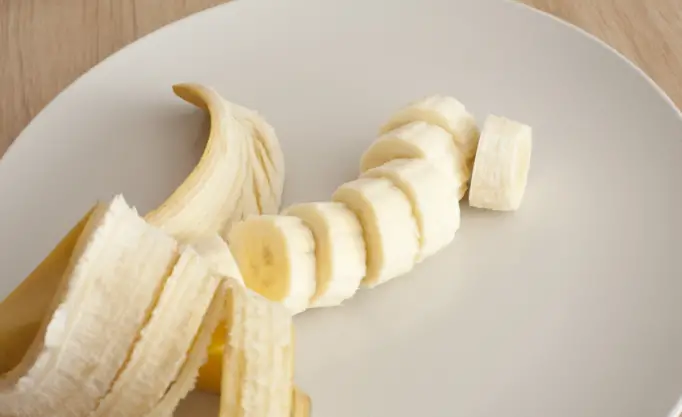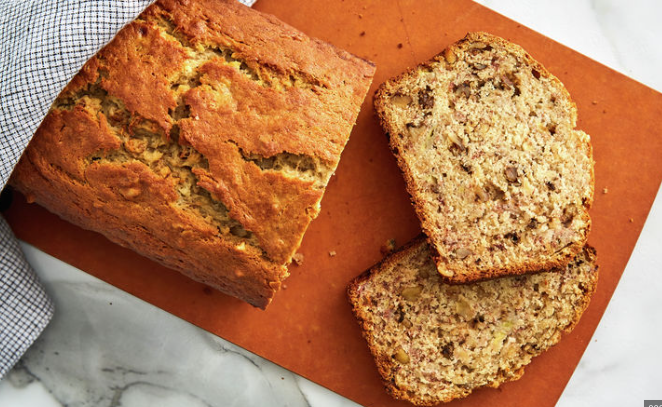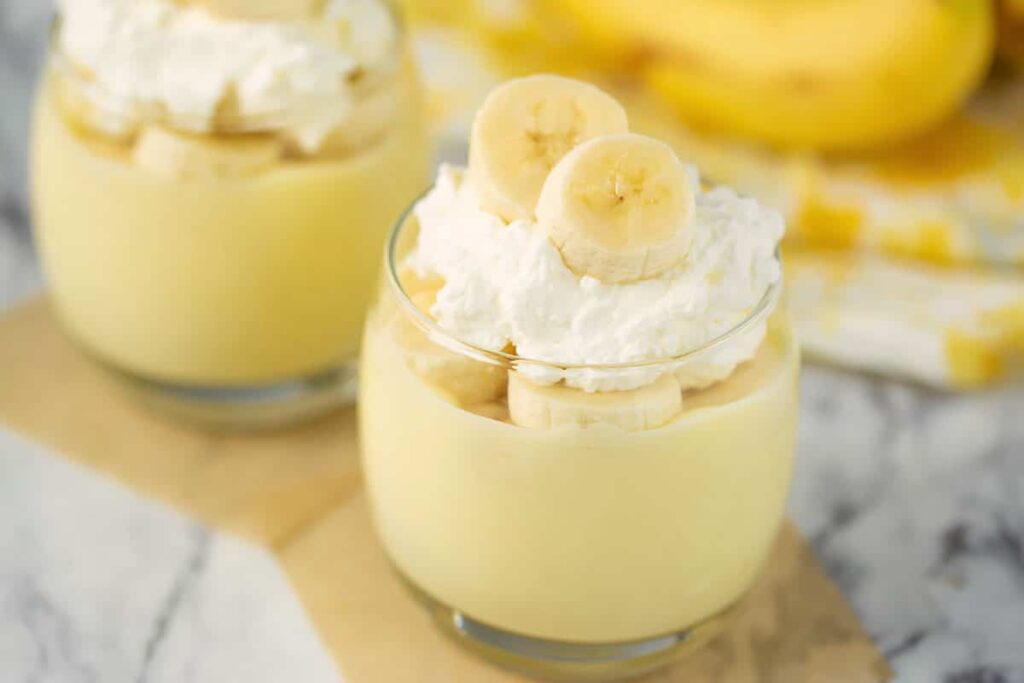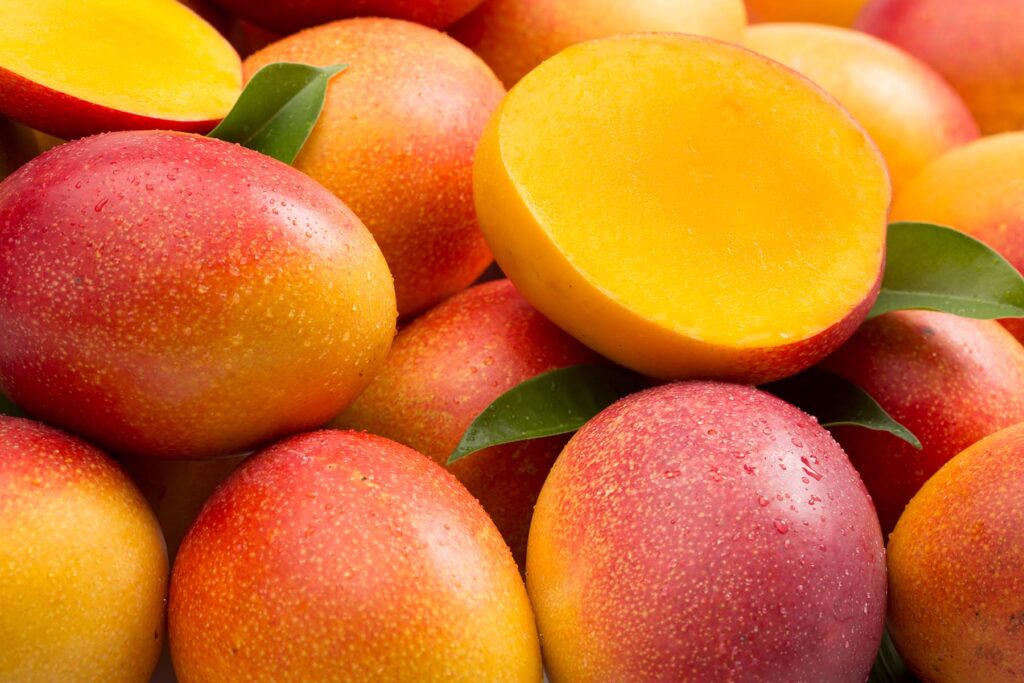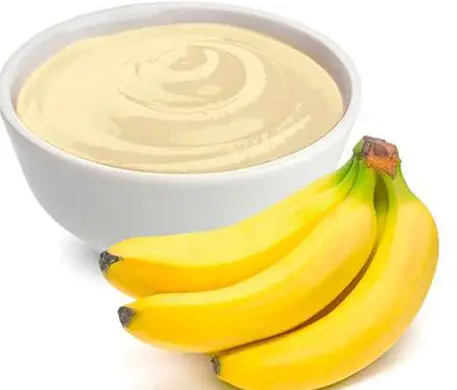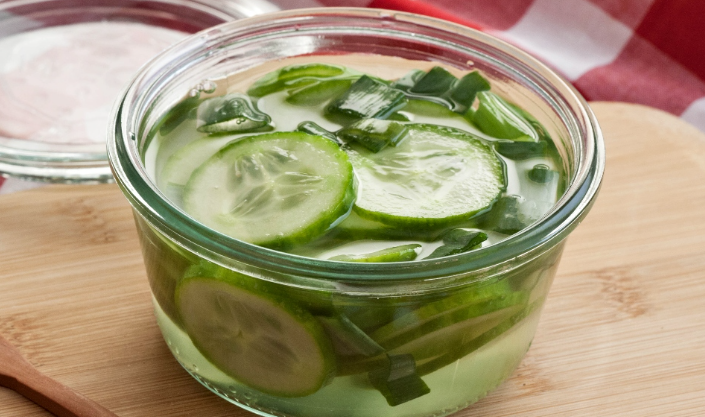If you love fresh coconuts, you know how tasty and useful they can be in different recipes and drinks. But, to keep them tasting good, you need to store them the right way. This guide will show you how to keep your fresh coconots fresh for longer.
Table of Contents
Why Fresh Coconuts Are Amazing
Fresh coconuts have lots of nutrients, special fats, and liquids that are good for you. They can be used to make dishes and drinks taste better. Whether you are into healthy living or love cooking, having fresh coconuts at home is a great idea.
Picking Good Fresh Coconuts
For your coconuts to stay fresh longer, you need to start with ones that are in good shape.
Here’s what to look for when you buy fresh coconuts:
1. Check the Shell
Shake the coconut. You should hear the water inside moving around. If you do, the coconut is fresh. Steer clear of any coconuts with cracks, mold, or spots that feel too soft.
2. Look at the Husk
Make sure the husk is brown and dry, without any mold or wet spots. A good husk tells you the coconut is healthy.
3. Feel the Weight
When you pick up the coconut, it should feel heavy. That means there’s plenty of coconut water inside, and the meat is likely to be fresh as well.
Once you’ve picked great fresh coconuts, they’re ready to be stored safely.
Storing Your Fresh Coconut
With the perfect coconuts in hand, here’s how you keep them fresh:
Follow these easy steps:
1. Don’t Open Them
Leave the coconuts whole and unopened until you’re ready to use them. The husk stops them from drying out too quickly and keeps them fresh.
2. Store in a Cool Dry Place
Find a place that’s not too hot or cold (between 50°F and 70°F) and not too humid. Keeping the coconuts away from sunlight and heat stops them from going bad.
3. Let the Air Flow
Don’t let the coconuts sit in a damp place. Keep them somewhere with good air flow, or in a bag with holes so they don’t go moldy.
4. Skip the Fridge
Don’t put whole fresh coconuts in the refrigerator. It can make them spoil faster. Only put cracked or opened coconuts in the fridge if you need to.
5. Keep an Eye on Them
Check on your coconuts now and then to see if they are still good. Use the oldest ones first so you don’t waste any.
In Conclusion
Fresh coconuts can make your meals and drinks feel like a tropical vacation. If you pick them well and store them right, they’ll be fresh and tasty for a long time. Just remember to keep them in their natural state, find the right spot for them, let the air move around them, don’t put them in the fridge, and watch them for signs of going bad. Enjoy your fresh coconuts!

